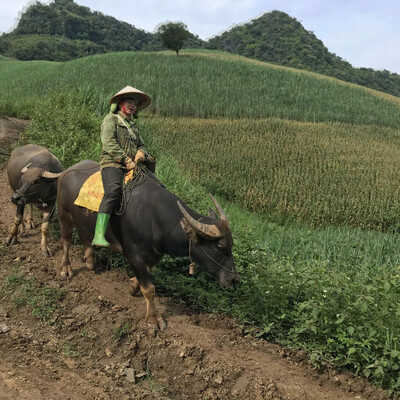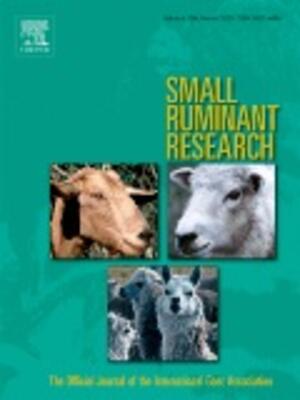
Asian Chicken Genetic Gains (AsCGG): A platform for exploring, testing and delivering improved chickens for enhanced livelihood outcomes in South East Asia
The Asian Chicken Genetic Gains, or AsCGG, project will increase access to locally acceptable, adapted and highly productive chickens and avail new and proven technologies to increase chicken production in Cambodia, Myanmar and Vietnam.
This four-year partnership is between ILRI and national agricultural research institutes in the three countries, including Cambodia’s National Animal Health and Production Research Institute (NAHPRI), Myanmar’s Livestock Veterinary and Breeding Department (LVBD) and Vietnam’s National Institute of Animal Sciences (NIAS). It will contribute to many of the agricultural development priorities of these countries, which target, among other goals, boosting the productivity of smallholder chicken farming.
In addition to government research departments, the project envisages working with non-governmental organizations and private chicken input suppliers (in genetics, feed and health) and service providers to develop a roadmap for a longer-term chicken genetic gains programs in each of the three countries.
Objectives
The proposed project aims to test and make available high-producing, farmer-preferred genotypes to increase smallholder chicken productivity as a pathway out of poverty in Cambodia, Myanmar and Vietnam. The project will have significant spill over potential across the region through a transformational, farmer-centred approach that enables smallholder access to improved local, tropically adapted and more productive village poultry breeds.
Expected outcomes
Stakeholders (governments, private sector, other development partners) have evidence-based and culturally relevant recommendations into village poultry breeds that optimise productivity in the agro-ecological and cultural systems of the project countries
Through public private partnerships, smallholders have access to preferred, healthy and highly producing breeds and associated inputs such as feed and veterinary services
Demonstrated evidence of the broader impacts of improved poultry production and productivity to smallholder livelihoods, including income and household consumption
Increased empowerment of women smallholder farmers in the chicken value chain in rural communities
A functioning multi-country network supporting long-term chicken genetic improvement in Southeast Asia that utilises modern genetic tools to deliver more productive, farmer-preferred village poultry breeds to the region into the future



















